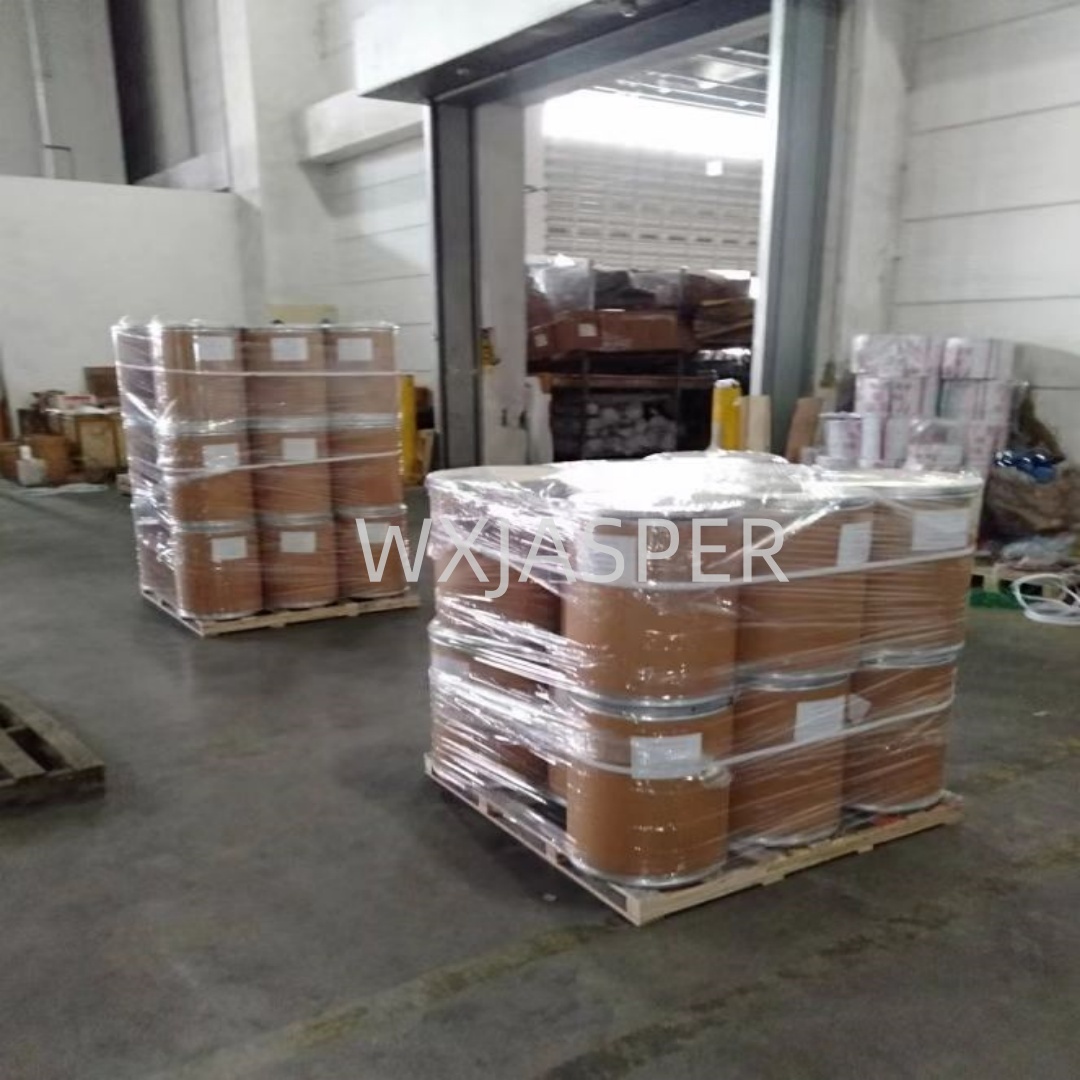Product Details
CasNo: 141464-42-8
Appearance: paste
Delivery Time: 15 days
Packing: 25kg/drum
Purity: 50%
1. Basic Information
- Synonyms: Cocoyl Glucoside; APG0814 (a common industrial grade designation)
- CAS Number: 141464-42-8
- Chemical Formula: (C6H11O5)nOR (where R represents C8-C14 alkyl chain, and n=1.3−1.5)
- Appearance: Colorless to pale yellow liquid or paste
- HLB Value: 13 - 15 (Hydrophilic-Lipophilic Balance, indicating strong hydrophilicity, suitable for water-based formulations)
2. Physicochemical Properties
The following parameters are typical for industrial-grade Cocoyl Glucoside (subject to slight variations by manufacturer):
|
Property
|
Specification
|
|
Solid Content
|
≥ 50% (mass fraction)
|
|
pH Value
|
7.0 - 10.0 (measured in 1% aqueous solution at 25℃)
|
|
Viscosity
|
1500 - 2500 mPa·s (at 20℃, measured by rotational viscometer)
|
|
Density
|
1.07 - 1.09 g/cm³ (at 25℃)
|
|
Surface Tension
|
28 - 30 mN/m (at 25℃, 0.1% concentration)
|
|
Cloud Point
|
None (stable in both low and high temperatures without phase separation)
|
3. Key Characteristics & Advantages
- Versatile Performance: Possesses excellent detergency, foaming, foam stabilization, emulsification, dispersion, solubilization, wetting, and penetration capabilities. It is resistant to acids, alkalis, and electrolytes, making it stable in complex formulations.
- Mild & Low Irritation: Exhibits good compatibility with human skin and mucous membranes, with lower irritation compared to some other surfactants (e.g., Lauryl Glucoside). It is suitable for sensitive skin and baby care products.
- Eco-Friendly & Sustainable: Synthesized from natural raw materials—coconut oil-derived fatty alcohols and glucose (from starch sources like corn or potato) via glycosylation. It is fully biodegradable, non-toxic to aquatic organisms, and compliant with green chemistry standards.
- Good Compatibility: Easily blends with anionic, cationic, amphoteric, and other nonionic surfactants, producing significant synergistic effects. It also works well with natural/synthetic polymers for thickening.
4. Manufacturing Processes
Industrial production of Cocoyl Glucoside mainly adopts two mature methods:
-
Direct Glycosylation Method
-
- Process: Glucose reacts directly with cocoyl alcohol (C8-C14 fatty alcohol) in the presence of an acidic catalyst (e.g., p-toluenesulfonic acid). During the reaction, water generated is removed promptly (via vacuum distillation) to drive the reaction toward glycoside formation.
- Post-Treatment: The crude product undergoes de-alcoholization (to remove unreacted fatty alcohol), neutralization, and decolorization to obtain the finished product.
-
Transglycosylation Method (Two-Step Method)
-
- Step 1: Glucose reacts with a low-carbon alcohol (e.g., propylene glycol, butanol) to form a low-carbon alkyl glucoside (e.g., butyl glucoside), which is more soluble and reactive.
- Step 2: The low-carbon alkyl glucoside undergoes an acetal exchange reaction with cocoyl alcohol, replacing the low-carbon alkyl group with the C8-C14 cocoyl group. Final purification (de-alcoholization, bleaching) yields high-purity Cocoyl Glucoside.
5. Application Fields
Personal Care Industry
- Used in shampoos, body washes, facial cleansers, and hand soaps: Provides mild cleansing without stripping the skin/hair of natural oils, generates rich and stable foam, and enhances product viscosity and skin feel.
- Suitable for baby care products (e.g., baby shampoo, body wash) and sensitive skin formulations due to its low irritation.
Home Cleaning Industry
- Applied in floor cleaners, dishwashing liquids, and laundry detergents: Offers strong dirt-removing power, good compatibility with water hardness, and easy rinsing (no residue).
Industrial Cleaning & Other Sectors
- Metal surface treatment and mechanical part cleaning: Acts as a degreaser and wetting agent, stable in high-alkali or high-temperature cleaning solutions.
- Textile industry: Used as a high-temperature/alkali-resistant scouring agent and dyeing assistant.
- Petroleum industry: Functions as a foaming agent for oilfield drilling fluids.
- Other uses: Emulsifier in pesticides and emulsion polymerization; air-entraining agent in concrete; auxiliary in food and pharmaceutical industries (compliant with food-grade standards when purified).
6. Storage & Handling
- Storage Conditions: Store in a cool, well-ventilated warehouse, away from open flames, heat sources, and direct sunlight. The recommended storage temperature is 5 - 35℃.
- Packaging: Keep containers tightly sealed to prevent moisture absorption or contamination. Common packaging includes plastic drums (200L) or plastic buckets (25L).
- Shelf Life: Typically 24 months from the production date when stored under proper conditions. If crystallization occurs at low temperatures (below 5℃), gently heat (≤ 40℃) and stir uniformly before use—this does not affect product performance.
- Safety: Non-toxic and non-corrosive, but avoid prolonged contact with eyes. In case of eye contact, rinse immediately with plenty of water.


